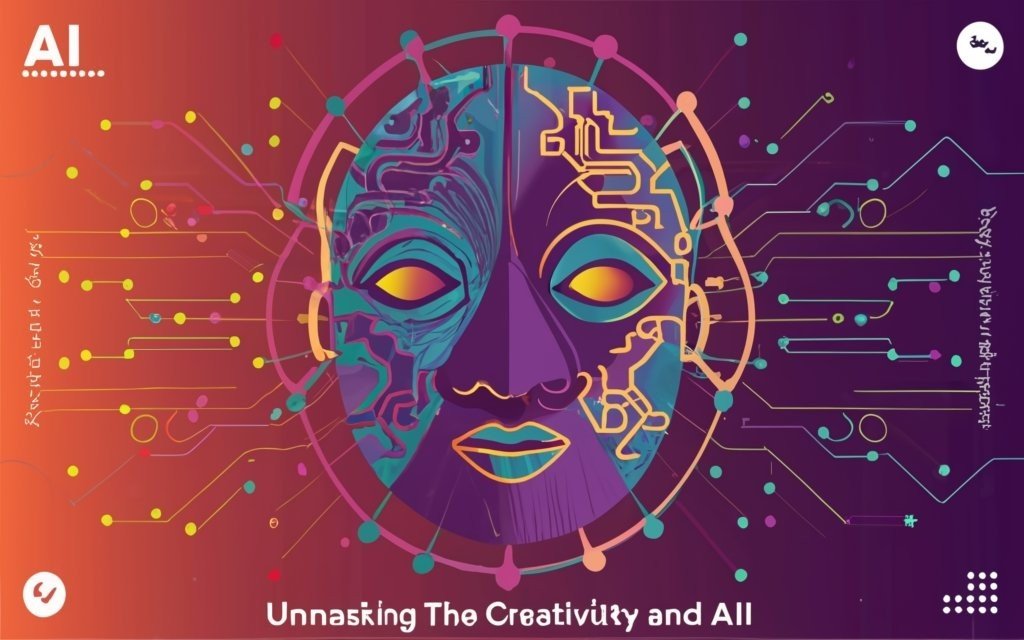Learn how AI detectors work to expose AI-generated text. Understand the concepts of perplexity, burstiness, and other clues these tools use.
Think of an AI detector as a digital detective, hunting down the telltale signs that a piece of writing wasn’t crafted by a human hand. But how exactly do these detectives pinpoint those subtle clues and expose AI’s handiwork? Let’s dive in!
What is AI-generated text?
AI-generated text is content written partially or entirely by Artificial Intelligence language models. These sophisticated computer programs learn to mimic human writing by analyzing massive amounts of text. You might have come across tools like ChatGPT or Jasper – those are prime examples of AI text generators.
The Anatomy of AI Detection
Here’s a look at the key tools AI detectors use:
-
Perplexity: The Telltale of Predictability
Perplexity is basically a measure of how surprised an AI language model would be by a piece of text. Human writing is inherently unpredictable. We take creative leaps, and change our sentence structure – we don’t always choose the most obvious word. AI writing, on the other hand, tends to be much more predictable. AI detectors pick up on this difference, flagging low-perplexity text as potentially AI-generated.
-
Burstiness: Variation in Sentence Flow
Burstiness refers to the ups and downs in the way sentences are built. Humans write with natural variation – some sentences are short and snappy, others are long and elaborate. AI-generated text tends to be more monotonous, lacking this kind of natural variation.
-
Beyond the Basics: Additional AI Detection Signals
Detectors also look for other hints, like: * Semantic inconsistencies: Does the text make logical sense? * Lack of originality or creativity: Is it rather generic?
The Challenges of AI Detection
Detecting AI isn’t foolproof:
- The Ever-Evolving AI Landscape: AI is constantly learning, making it tougher to spot its writing style.
- The Human Element: Mimicking AI Output: Savvy writers can intentionally write in a way that mimics AI output.
- False Positives & Negatives: Detectors sometimes get it wrong, mistaking human writing for AI-generated or vice-versa.
Why Does AI Detection Matter?
- Ensuring Academic Integrity AI detectors can help safeguard the value of original work in schools and universities.
- Combating Misinformation It’s crucial to know if news or social media posts are human-written or AI-generated.
- Promoting Transparency in Content Creation We deserve to know if the content we’re reading was created by a human or a machine.
Conclusion
AI detectors are like the digital version of Sherlock Holmes, but they’re still evolving. As AI gets smarter, so too must the tools used to identify its creations. It’s a fascinating cat-and-mouse game between humans and machines!
